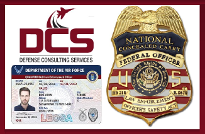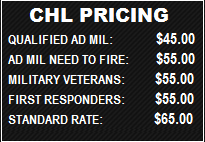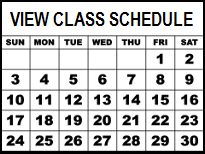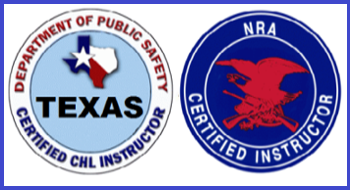What is LEOSA?
The Law Enforcement Officers Safety Act (LEOSA)  is a United States federal law, enacted in 2004, that allows two classes of persons – the “qualified law enforcement officer” and the “qualified retired or separated law enforcement officer” – to carry a concealed firearm in any jurisdiction in the United States or United States Territories, regardless of state or local laws, with certain exceptions.
is a United States federal law, enacted in 2004, that allows two classes of persons – the “qualified law enforcement officer” and the “qualified retired or separated law enforcement officer” – to carry a concealed firearm in any jurisdiction in the United States or United States Territories, regardless of state or local laws, with certain exceptions.
The LEOSA Act provides for two different categories of LEOSA Credentials; the 926B and 926C. The requirements for each of the categories are shown below.
926B – Qualified Actively Serving
- Is authorized by law to engage in or supervise the prevention, detection, investigation, or prosecution of, or the incarceration of any person for, any violation of law.
- Has statutory powers of arrest or authority to apprehend pursuant to section 807(b) of Title 10, United States Code (also known as Article 7(b) of the UCMJ).
- Is authorized by the organization to carry a firearm.
- Is not the subject of any disciplinary action by the organization that could result in suspension or loss of police powers.
- Meets the organization’s standards, if any, which require the employee to regularly qualify in the use of a firearm of the same type (e.g., revolver or semiautomatic pistol) as the concealed firearm
- Is not under the influence of alcohol or another intoxicating or hallucinatory drug or substance.
- Is not prohibited by federal law from receiving a firearm.
926C – Qualified Retired and Separated
- Be separated in good standing from service with the DoD component (USAF, etc) as a law enforcement officer.
- Before separation, have been authorized to engage in or supervise the prevention, detection, investigation, or prosecution, or the incarceration of any person for any violation of law.
- Before separation, had statutory powers of arrest or authority to apprehend pursuant to section 807(b) of Title 10, United States Code (also known as Article 7(b) of the UCMJ).
- Before separation or retraining into a new career field (Actively Serving but without apprehension authority), have served as a law enforcement officer for an aggregate of 10 years or more, or separated from service with the DoD component (USAF), after completing any applicable probationary period of service, due to a service-connected disability, as determined by that component
- During the most recent 12-months (1) met the standards for qualification in firearms training for active law enforcement officers, as determined by the individual’s former DoD component (USAF), (2) completed the state in which the individual resides LEOSA Qualification Course (if available), or (3) the state in which the individual resides law enforcement agency qualification standards.
- Have not been officially found by a qualified medical professional employed by the DoD component to be unqualified for reasons of mental health.
- Not be prohibited by federal law from receiving a firearm.
- Agree that while armed, will not be under the influence of alcohol or another intoxicating or hallucinatory drug or substance.
How Can I Apply For My LEOSA Credentials?
Do I Need to Fire?
If applying under 926c (retired/separated), you will also need to complete a course of fire that meets or exceeds TCOLE standards annually to remain qualified. We are LEOSA certified instructors and conduct LEOSA qualification training sessions on a monthly basis. This training is rather fast and each shooter receives a firearm qualification card to carry with their LEOSA credentials. You do not need your LEOSA credentials to schedule yourself for the firing. Many choose to attend the LEOSA qualification course while waiting for their credentials to arrive in the mail. To schedule yourself for the LEOSA qualification course, click the “Register for Firing” button below and look for LEOSA on the training calendar.
Cost is only $30.00.
Course of Fire: Each retired officer will fire 50 rounds at an official B-27 target using standard scoring method. Minimum passing score is 175 points out of a possible 250 points. More specifically, you will fire:
- 5 rounds @ 1 Yard
- 10 rounds @ 3 yards
- 15 rounds @ 7 yards
- 20 rounds @ 15 yards
Note: One string of fire will incorporate a timed reload.
Required Equipment:
- Duty-Type Handgun in good repair with no modifications that would make it less safe.
- Holster that fits your handgun.
- 50 rounds of ammunition for your handgun.
- Two magazines for semiautomatics. Revolver shooters “may” use a speed loader.
- Hearing & eye protection. (We can provide if needed)
- Photo ID









